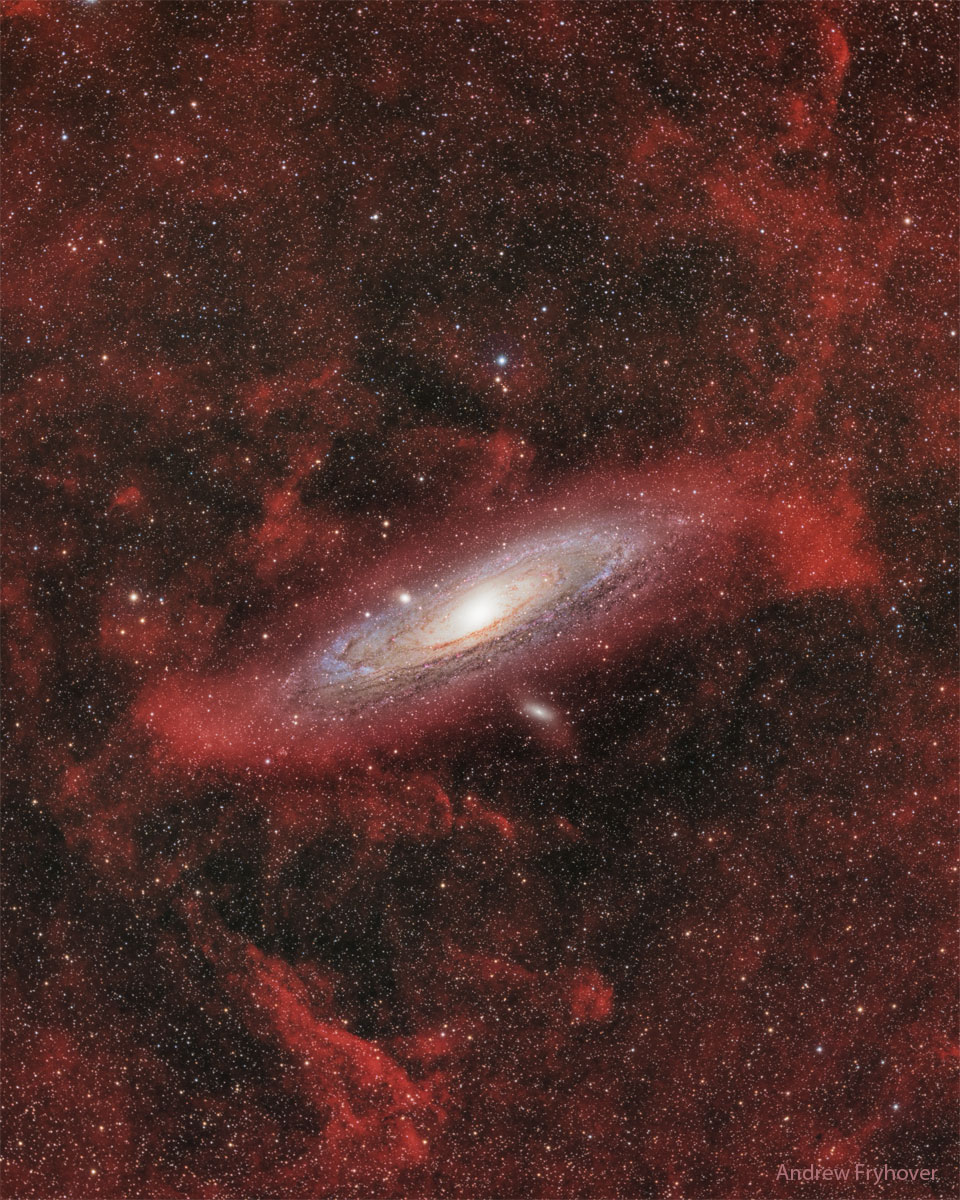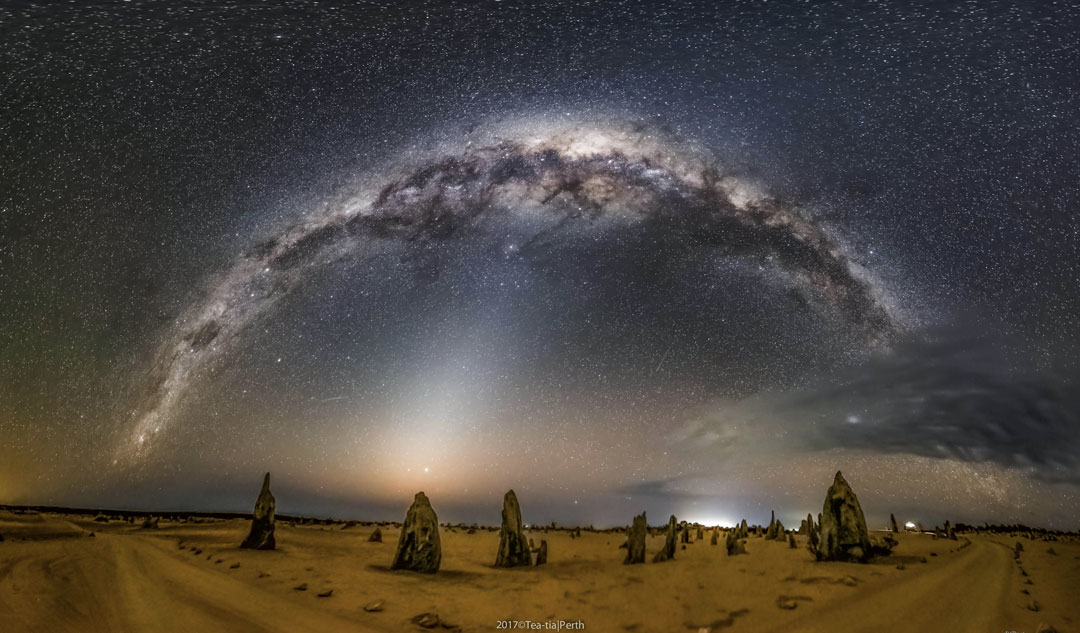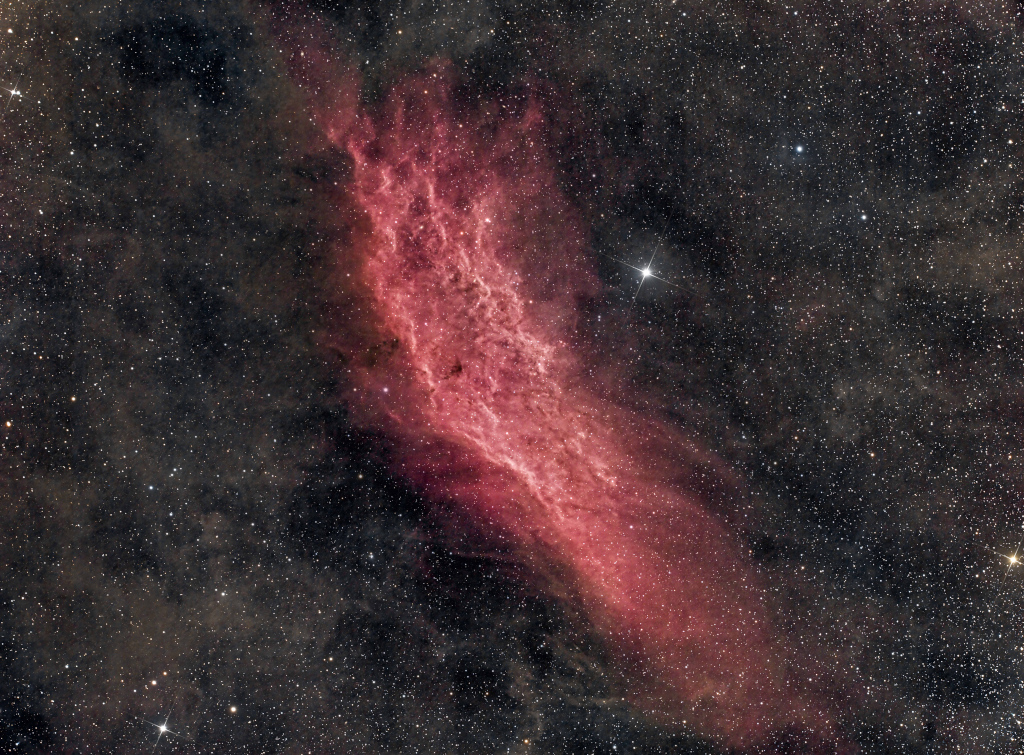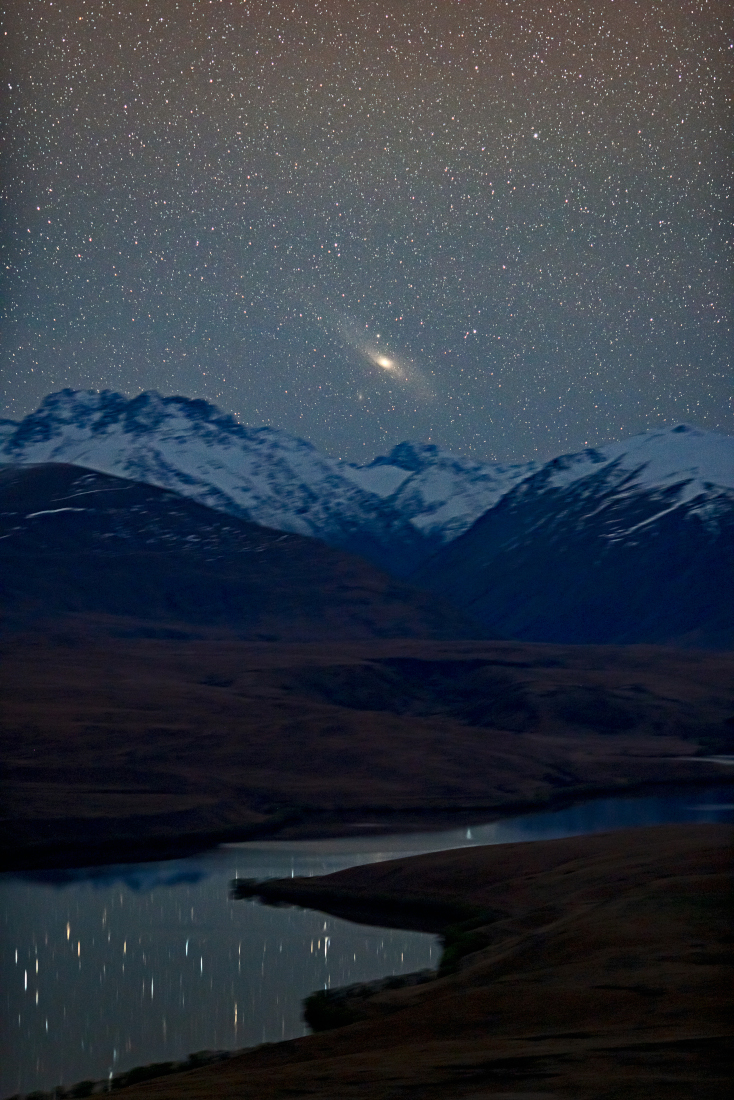NASA will provide live coverage of the launch and docking of a Roscosmos cargo spacecraft carrying about three tons of food, fuel, and supplies for the multi-national Expedition 68 crew aboard the International Space Station.
from NASA https://ift.tt/lsZLW6J
via IFTTT






